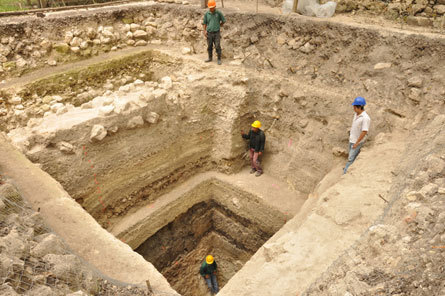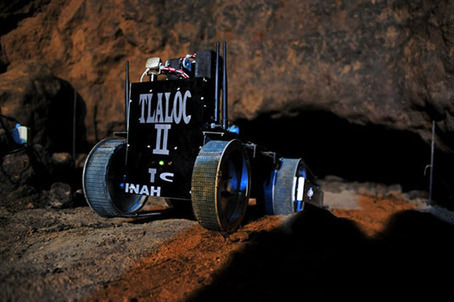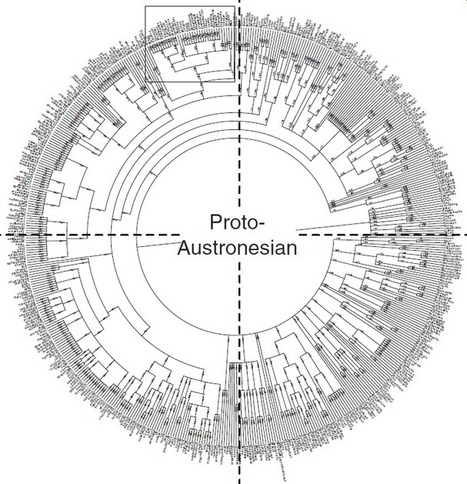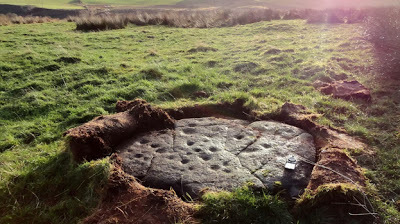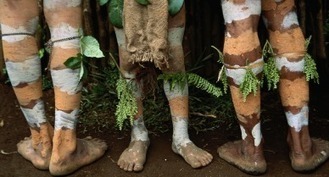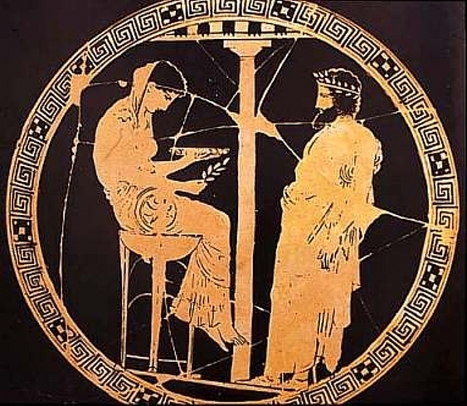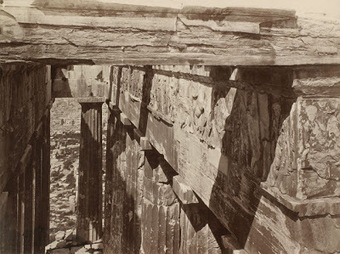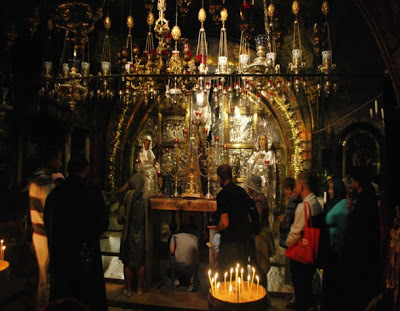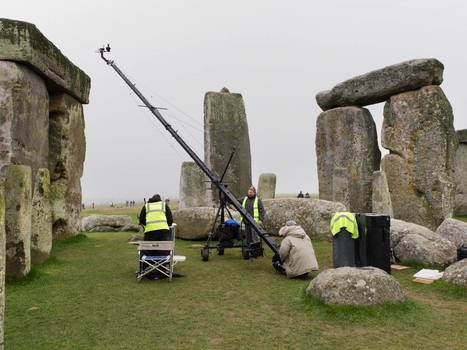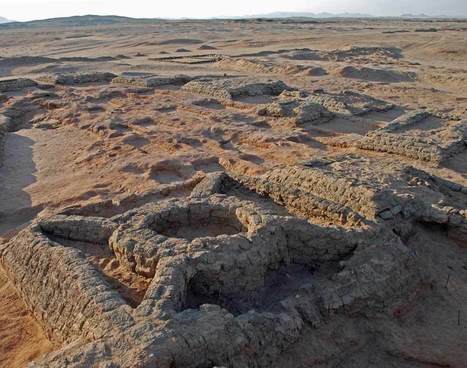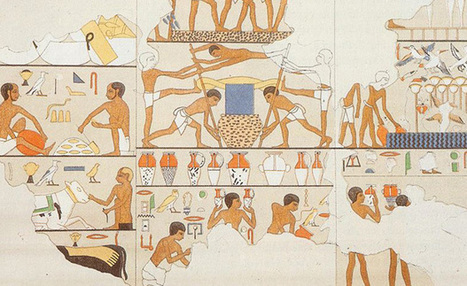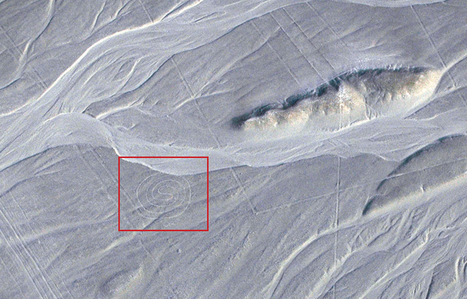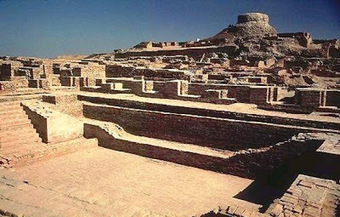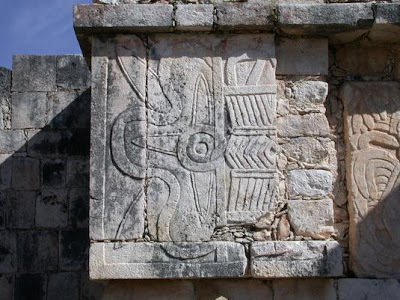Get Started for FREE
Sign up with Facebook Sign up with X
I don't have a Facebook or a X account


 Your new post is loading... Your new post is loading...
 Your new post is loading... Your new post is loading...
The robot will then make laser scans of the interior.
Computer scientists have reconstructed ancient Proto-Austronesian, which gave rise to languages spoken in Polynesia, among other places (credit: A. Via Apmel
Sakis Koukouvis's insight:
An archaeologist has uncovered the biggest collection of ancient rock art in the Highlands. Douglas Scott, 64, of Tain, Ross-shire, discovered a circle of 28 carved rocks which date back 5000 years while combing a 200-metre hillside farm in Evanton.
A new book from best-selling author Jared Diamond tells us how we can learn a lot from people who live like most of us did 11,000 years ago
The Oracle at Delphi is referenced throughout Greek myths and history. Supposedly she was rendered psychic by Apollo. Practically, she was off her skull on gas that seeped out of the fissures of the temple in which she lived. Here is the scientific explanation for what caused this woman to utter her confused prophecies.
Emory students and scholars, under the direction of Bonna Wescoat, Professor of Art History, are working together to investigate the visibility of the Parthenon frieze by recreating reliefs (currently on view London and Athens museums) and installing them on the Nashville Parthenon.
Early humans may not have needed to continuously reinvent the proverbial wheel. A newly discovered cache of stone tools representing 11,000 years of human habitation suggests that perhaps human innovations didn't flicker in and out of early human history as once suspected, driven into obscurity by external pressures such as climate change. Instead, researchers suggest, at least some ancient humans apparently managed to pass an innovative type of stone tool down to their descendants.
On November 1, under the nave of the Lutheran Church of the Redeemer in Jerusalem, an archeological park called “Durch die Zeiten” (Through Time) opened. It provides the answer to a question that has long eluded researchers: just where Golgotha, the place where Jesus was crucified, buried and resurrected, is really located.
Researchers have used a replica moai to show how the giant statues may have been "walked" to where they are displayed. Read more: http://www.nature.com/news/1.11613
Archeologists working in northern Iraq have discovered a new Assyrian site in the vicinity of the historic Arbil city center, the head of the antiquities office in the Kurdish Province of Arbil, Haydar Hassan, was quoted as saying in an Iraqi newspaper.
Mexican archaeologists say they have determined that the ancient Mayas built watchtower-style structures atop the ceremonial ball court at the temples of Chichen Itza to observe the equinoxes and solstices, and they said Friday that the discovery adds to understanding of the many layers of ritual significance that the ball game had for the culture. 
Jimmy Nguyen's curator insight,
January 31, 2014 11:57 PM
the article explains the games held by the mayans in this impressively designed ball court.
For part of its existence as an ancient temple, Stonehenge doubled as a substantial prehistoric art gallery, according to new evidence revealed yesterday. Via 11th Dimension Team |

Biosciencia's curator insight,
April 29, 2013 7:08 AM
The exploration of this area is part of a much wider project aimed at the excavation
A temple believed to be about 5,000 years old has been discovered at the ancient El Paraiso archaeological site in a valley just north of Lima in Peru.
Sakis Koukouvis's insight:
At least 35 small pyramids, along with graves, have been discovered clustered closely together at a site called Sedeinga in Sudan.
Anything for a quiet life? Egyptologist Kim Ryholt, from the University of Copenhagen recently published a paper that identified translated slave contracts from 2,200 years ago indicating that some Egyptians voluntarily elected to become slaves, in exchange for a monthly fee.
Sakis Koukouvis's insight:
“The element of surprise was crucial to the experience of Nazca labyrinth walking. Shamans or pilgrims could have walked the tricky trail on spiritual journeys. Or the path might have been reserved for Nazca gods.
Scientists in New Zealand are studying the past behaviour of Earth's magnetic field using the stones that line Maori steam ovens.
When priests at the temple complex of Chavín de Huántar in central Peru sounded their conch-shell trumpets 2,500 years ago, tones magnified and echoed by stone surfaces seemed to come from everywhere, yet nowhere. The effect must have seemed otherworldly, but there was nothing mysterious about its production. According to archaeologists at Stanford University, the temple’s builders created galleries, ducts, and ventilation shafts to channel sound. In short, the temple’s designers may have been not only expert architects but also skilled acoustical engineers.
The beginning of India’s history has been pushed back by more than 2,000 years, making it older than that of Egypt and Babylon. Latest research has put the date of the origin of the Indus Valley Civilisation at 6,000 years before Christ, which contests the current theory that the settlements around the Indus began around 3750 BC.
Decades of extreme weather crippled, and ultimately decimated, first the political culture and later the human population of the ancient Maya, according to a new study by an interdisciplinary team of researchers that includes two University of California, Davis, scientists.
Excavations at Çatalhöyük unearth funerary gift mirrors, a very rare finding in the ancient settlement. A technique called georadar is being used in the excavations and suggests the city was an egalitarian society
Caesar, the head of the Roman Republic, was stabbed to death by a group of rival Roman senators on March 14, 44 B.C, the Ides of March. The assassination is well-covered in classical texts, but until now, researchers had no archaeological evidence of the place where it happened. . . .
Αrchaeologists from the 28th Ephorate of Antiquities unearthed a tomb in the city of Amphipolis, near Serres, northern Greece, which they believe could belong to the wife and son of Alexander the Great, Roxane and Alexander IV. |


